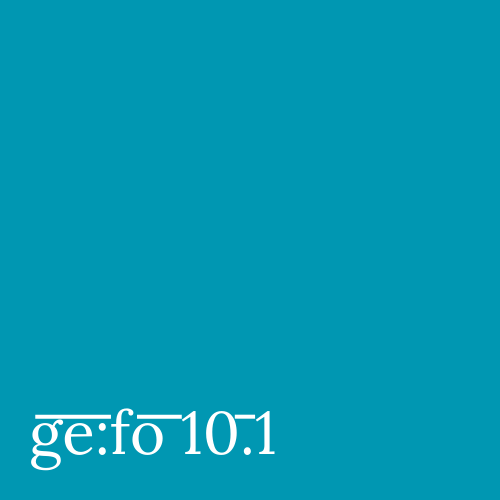Frontmatter and Editorial
DOI:
https://doi.org/10.18716/ojs/gefo/2011.3266Abstract
In lieu of an abstract, here is the first paragraph of the editorial:
Gender, race and class used to be seen as separate categories for members of the dominant and repressed groups, until scholars started to understand that the intersection of these issues, in combination with age, sexuality, abilities and others, are integral to the position a member of society may hold. These intersections are referred to as the “race-class-gender matrix, the intersectional paradigm, interlocking systems of oppression, multiple axes of inequality, the intersection and intersectionality.”(Berger and Guidroz, 2009, 1) Because of its “[...] critical stance toward knowledge in the traditional disciplines, its interdisciplinary approach, and its orientation toward social change and social betterment, women’s studies has been most open to self-critique for its exclusion of multiply oppressed groups such as women of color, working-class women, and lesbians.” (Weber 2004, 121)



